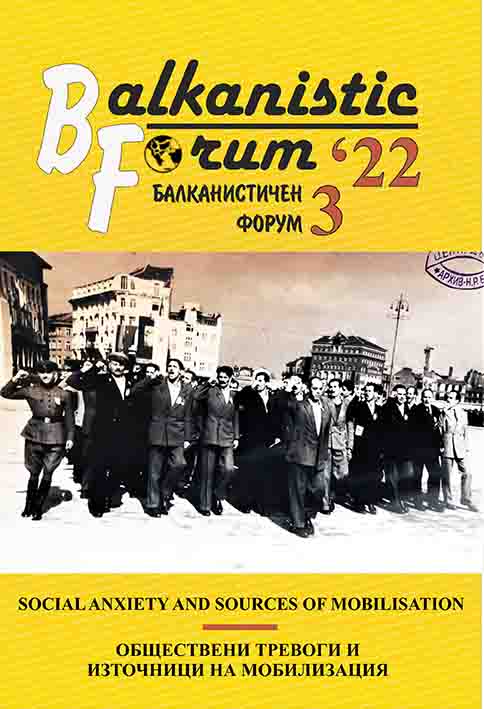Тайните деца на граничната зона. Домовете за деца с увреждания в Благоевградски окръг през 60-те години на ХХ в.
The Secret Children of the Border Area. Closed Institutions for Children with Disabilities in Blagoevgrad Region in the 1960-es
Author(s): Kristina PopovaSubject(s): History, Social history, Recent History (1900 till today), Special Historiographies:, History of Communism
Published by: ЮГОЗАПАДЕН УНИВЕРСИТЕТ »НЕОФИТ РИЛСКИ«
Keywords: closed institutions; children with disabilities; social isolation; Bulgaria in the 1960-es
Summary/Abstract: The article examines the activities of two closed institutions for children with disabilities in Southwestern Bulgaria in the 1960s, located in former border zones in the difficult-to-access mountain area. The living conditions, the qualifications of the staff, the work of adolescents in agriculture and the production of drawing pins, the communication barriers with parents and the outside world are presented. The documents of the two insitutions show that there were significant differences in the care of children between the single social homes for children with disabilities in Bulgaria. Located in the close conditions of spatial remoteness and the border zone, in unsuitable buildings of former border posts, the differences in the care of children in the two institutions are due to a very large extent to the different attitudes of staff and management towards children and work. But even in the best case, as it is in the home for children with severe disabilities from 3 to 10 years of age in the village of Debochitsa, the achievements of the staff were primarily reduced to improvements in the environment, care for hygiene and nutrition and educational activities with the most ‘promising’ children. In the preserved sources, children and adolescents had no names, no biographies, no faces (no photographs left), no voice. They were seen above all as bodies with physical needs, and grown adolescents as labor force. Scientific discourse in the 1950s and 1960s stressed the developmental deficits of these children and emphasized their difference' and not their abilities. This contributed to their spatial separation and isolation from other children and from the social life.
Journal: Балканистичен Форум
- Issue Year: 31/2022
- Issue No: 3
- Page Range: 163-190
- Page Count: 28
- Language: Bulgarian
- Content File-PDF

